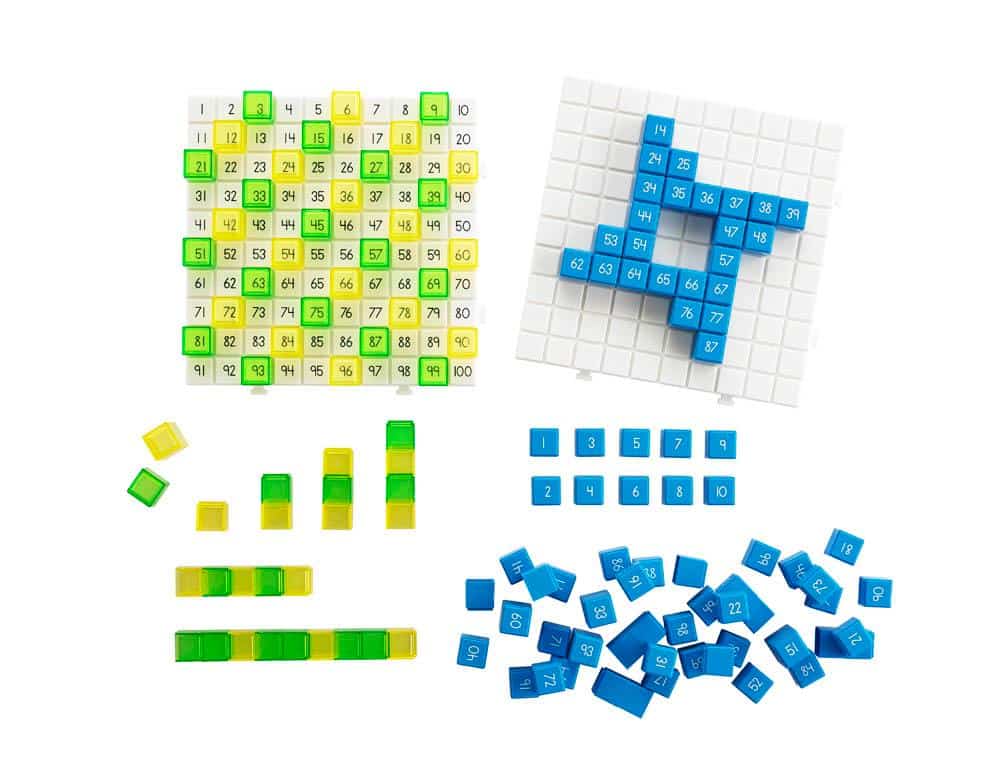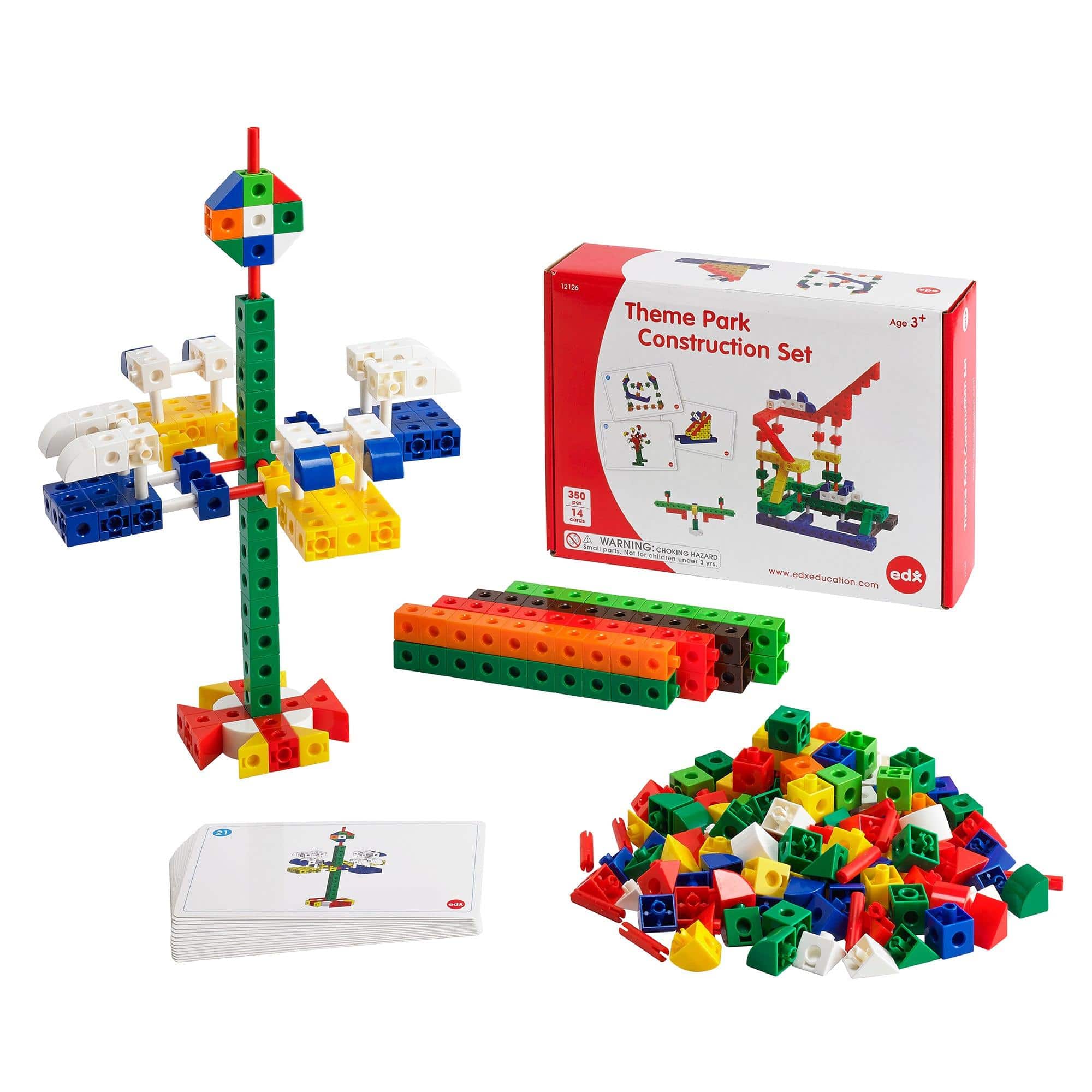The Connection Between Toys and Cultural Sensitivity
Introduction
When it comes to nurturing empathy, understanding, and acceptance of diversity, toys play a significant role in shaping a child’s worldview. In today’s increasingly multicultural society, it is essential to recognize the connection between toys and cultural sensitivity. By exposing children to toys that embrace diverse cultures, we can cultivate a generation that appreciates the uniqueness of individuals from various backgrounds.
Why Cultural Sensitivity Matters
Cultural sensitivity is crucial for fostering empathy and intercultural understanding from an early age. By actively incorporating cultural awareness through toys, we can help children develop an appreciation and respect for different cultures, traditions, and values. Here’s why it matters:
- Encourages inclusivity and acceptance
- Promotes curiosity and interest in other cultures
- Prevents stereotyping and bias
- Supports global citizenship
- Strengthens social and emotional development
- Facilitates language and communication skills
Features of Culturally Sensitive Toys
Toys that promote cultural sensitivity go beyond mere representation. They aim to educate, inspire, and encourage dialogue about diversity. Some key features to look for in culturally sensitive toys include:
- Authentic Representation: Look for toys that accurately depict various cultures, ensuring they are respectful and avoid stereotypes.
- Educational Value: Opt for toys that teach children about different cultures, customs, and traditions. This can include books, puzzles, and educational games.
- Language Learning: Toys that incorporate multilingual elements help children develop an appreciation for different languages and foster a sense of inclusion.
- Diverse Dolls: Dolls that represent a range of ethnicities provide children with the opportunity to explore cultural differences through imaginative play.
- Multicultural Playsets: Playsets featuring diverse settings, such as international kitchens or marketplaces, allow children to engage with different cultures in a hands-on way.
- Games Emphasizing Collaboration: Board games that encourage collaboration between players from different cultures foster teamwork and cooperation while celebrating diversity.
- Cultural Festivals and Celebrations: Toys that focus on cultural festivals and celebrations promote understanding and appreciation of diverse traditions and provide opportunities for interactive learning.
How Culturally Sensitive Toys Make a Difference
By intentionally selecting toys that embrace cultural sensitivity, we can help children develop the following:
- Empathy: Exposure to diverse toys encourages children to understand and relate to others, fostering empathy and compassion.
- Tolerance: Appreciating cultural differences from an early age helps cultivate a mindset of acceptance and tolerance.
- Open-mindedness: Toys that promote cultural sensitivity encourage children to approach new experiences and perspectives with an open mind.
- Curiosity: Cultural toys inspire curiosity and a desire to learn more about the world, encouraging active engagement and exploration.
- Respect: Learning about different cultures through toys instills respect for others, promoting a sense of equality and understanding.
Conclusion
The connection between toys and cultural sensitivity is undeniable. By choosing toys that embrace diverse cultures and promote inclusivity, we can actively contribute to raising culturally aware children who grow up to become empathetic, globally-minded individuals. Let’s make a conscious effort to provide children with toys that celebrate diversity and instill important values of respect and understanding.


